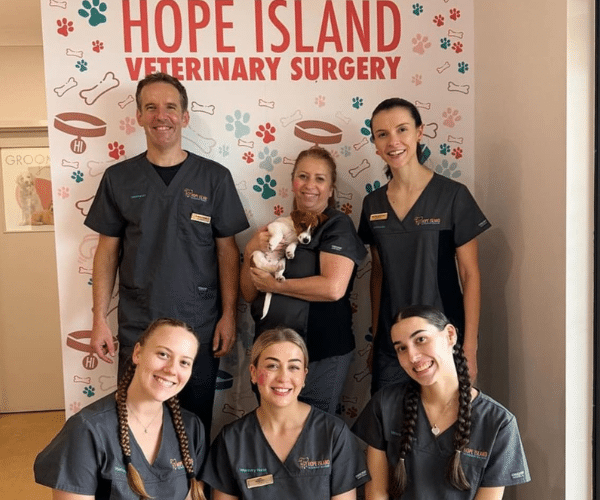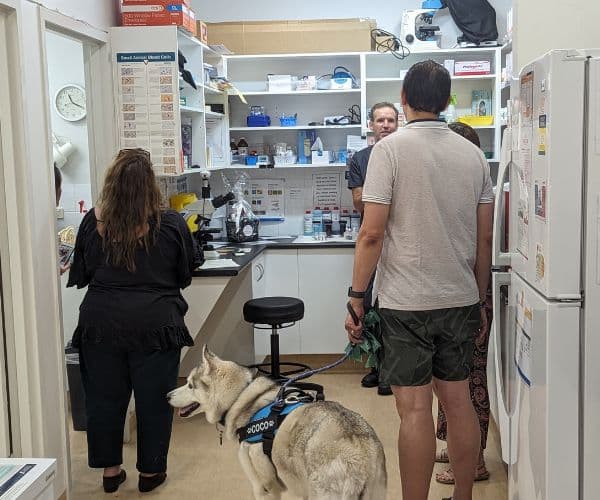Our Services
Desexing
Our desexing services for dogs and cats are designed not only to prevent unwanted litters but also to contribute to the overall well-being of your beloved pets.


WHAT TO EXPECT
Frequently asked questions
Are follow-up visits required after the desexing procedure? If so, when and what do these involve?
Are there any alternatives to desexing that I should consider for my pet?
At what age do you recommend desexing for dogs and cats? Is there a risk in desexing too early or too late?
Can you provide more detailed information about what the desexing procedure involves for both male and female pets?
Could you elaborate on the specific health benefits and any potential risks associated with desexing?
How far in advance do I need to schedule the desexing procedure? How long will my pet need to stay at the clinic?
How long does the recovery process usually take? What are the signs of a normal versus a problematic recovery?
How should I prepare my pet for surgery? Are there any specific feeding or medication instructions?
What is the cost of the desexing procedure? Do you offer payment plans or accept pet insurance?
What kind of behavioural changes can I expect after desexing my pet? Will it affect my pet’s personality or energy levels?
What specific postoperative care will my pet need? How should I monitor the surgical site for infection or complications?
Who can I contact if I notice any concerning symptoms or have questions during my pet’s recovery period, especially outside regular business hours?
